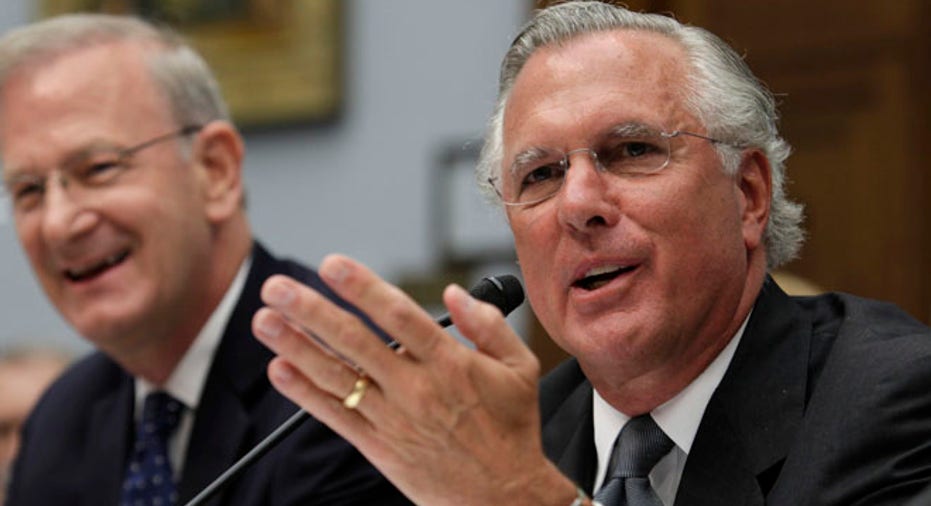Fed's Fisher: Low Rates Will Stay If Inflation Under 2%

Federal Reserve Bank of Dallas President Richard Fisher said Friday he supports ending the central bank's bond-buying stimulus program this year, while adding it is very likely that very low interest rates will prevail for some time to come.
"There is abundant liquidity to finance economic expansion, and the [Federal Open Market Committee] will assure that it remains affordable as long as the prospect of inflation rising above its 2% target remains in abeyance," Mr. Fisher said in the text of a speech prepared for delivery before a local group in New Orleans.
Mr. Fisher is a voting member of the Fed's monetary-policy setting FOMC this year. He has been a persistent critic of the recent round of Fed moves to stimulate growth, done mainly by buying longer-dated Treasury and mortgage bonds in a bid to lower borrowing costs to stimulate growth and lower unemployment. Heartened by signs of economic improvement, the Fed has been cutting the pace of its bond-buying program this year--the monthly buying rate now stands at $45 billion--and officials broadly agree the effort will be wound down this year.
"Barring some destabilizing development in the real economy that comes out of left field, I will continue to vote for the pace of reduction we have undertaken, reducing by $10 billion per meeting our purchases and eliminating them entirely at the October meeting with a final reduction of $15 billion," Mr. Fisher said.
The next big question for the Fed is what happens with short-term interest rates, which it currently pegs essentially at 0%. Most central bankers agree interest rates won't be increased until sometime in 2015, and with inflation well below the Fed's 2% target, there's little urgency to act. In testimony before congress this week, Fed Chairwoman Janet Yellen declined to give any timetable for more restrictive monetary policy, except to allow that any rate increases will happen well after the Fed stops buying bonds.
Mr. Fisher reiterated in his speech his ongoing distaste for the Fed's asset-buying program and explained why he doesn't support an even faster draw down.
"We juiced the trading and risk markets so extensively that they became somewhat addicted to our accommodation of their needs," Mr. Fisher said. Having done so, "the prudent course of action and the best way to prevent the onset of market seizures and delirium tremens is to gradually reduce and eventually eliminate the flow of excess liquidity we have been supplying," he said.
Speaking to reporters after his speech, Mr. Fisher said that after a weak start to the year, "I expect we're going to have a dramatic snapback this quarter" in overall measures of U.S. growth. He also noted that from his point of view, "from a cyclical standpoint we are not pumping on all cylinders."
Mr. Fisher also spent a considerable amount of his formal remarks lamenting how observers outside the Fed have come to use the Fed's forecasts of future economic activity, released quarterly. In particular, what are referred to as the central bank's "dot plots"--a matrix of predictions for the future of interest rates--have become particularly problematic.
The forecasts are a "flawed tool" and "I want to caution you against becoming overly preoccupied" with this information, Mr. Fisher said. Reiterating a point made in past remarks, he said "however we dress up our forecasts as rigorous analysis, they are no more than the very best educated guesses of the superbly trained but still human staffs of the 12 Fed bankers and the active governors."
Mr. Fisher argued against putting the Fed forecasts out to pasture, saying instead the projections "strike me as having some merit, if only to give markets insight into how the central bank might react under different circumstances."
Mr. Fisher also told reporters after his speech that in the future, monetary policy will likely look much different than it did in the past. He said the Fed funds target rate, traditionally the main tool of Fed policy, "isn't what it used to be," and as a result, the central bank is studying new options to influence short-term interest rates.